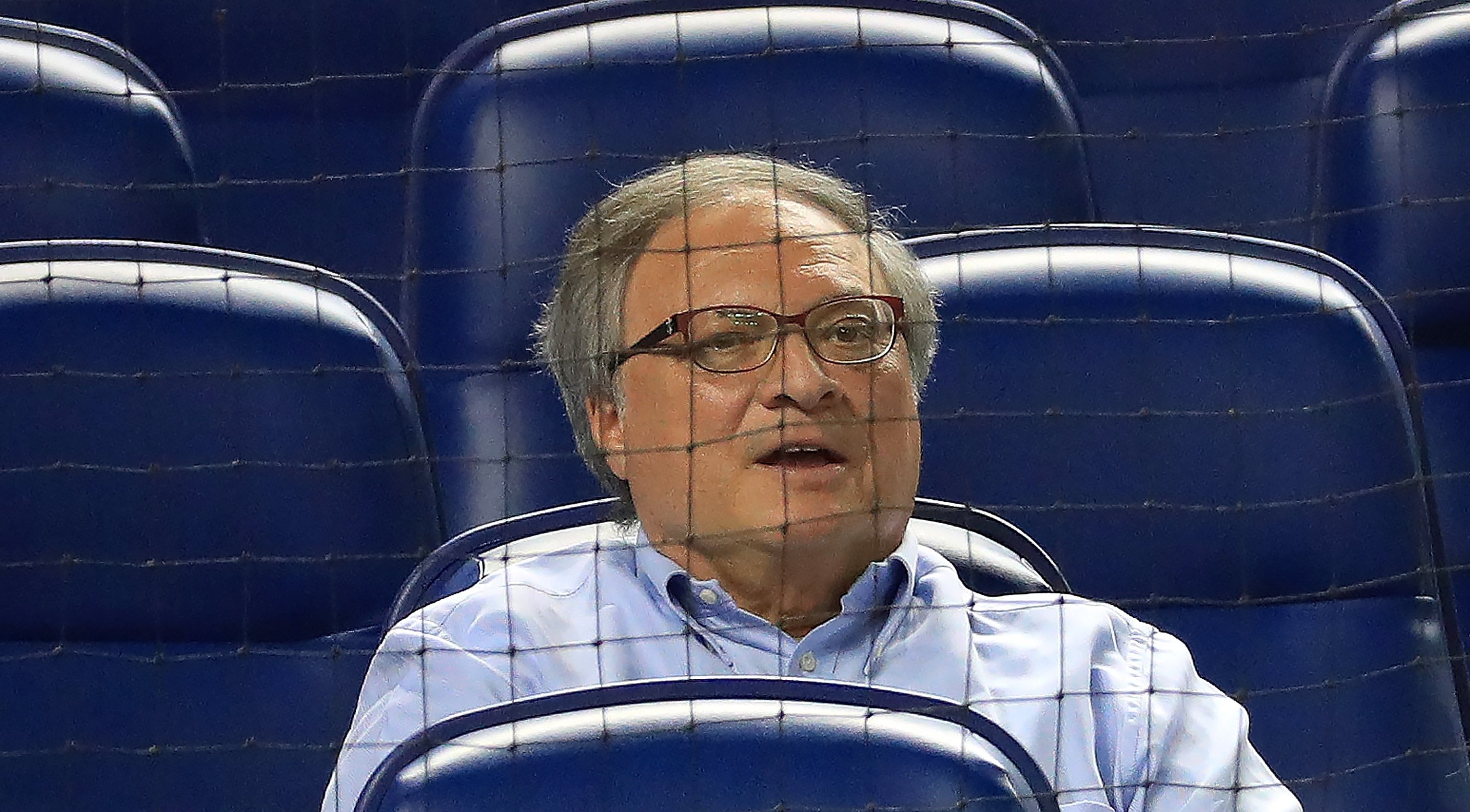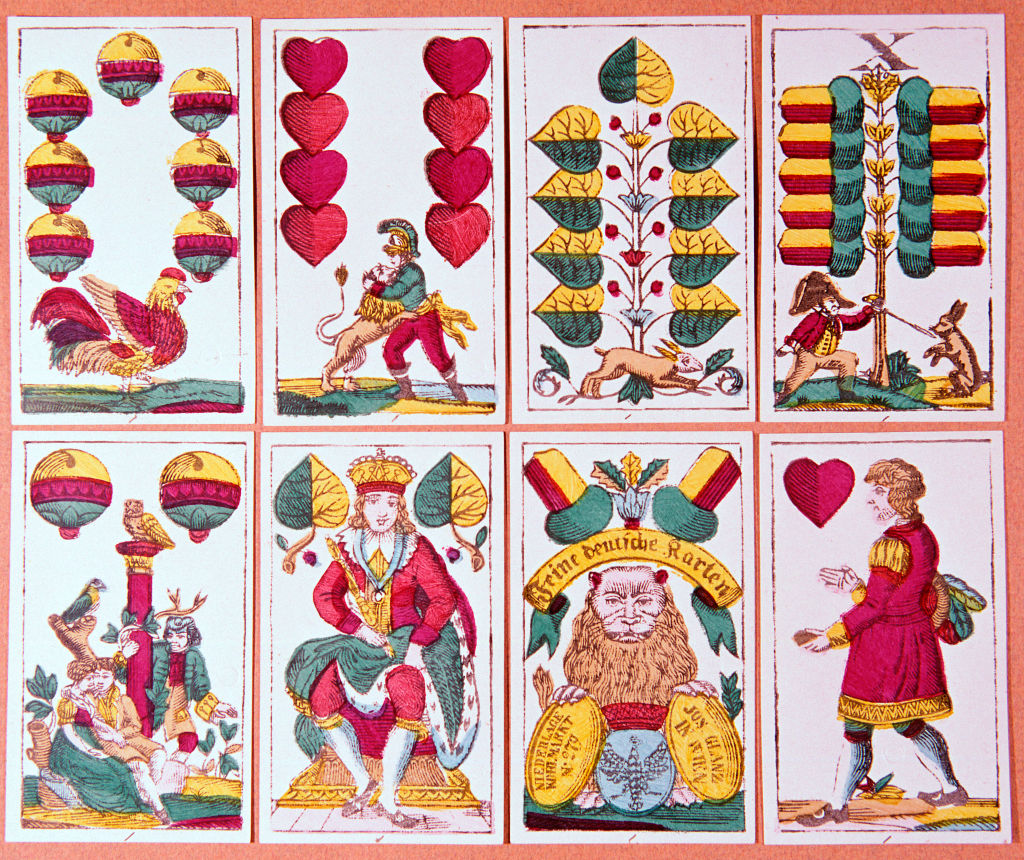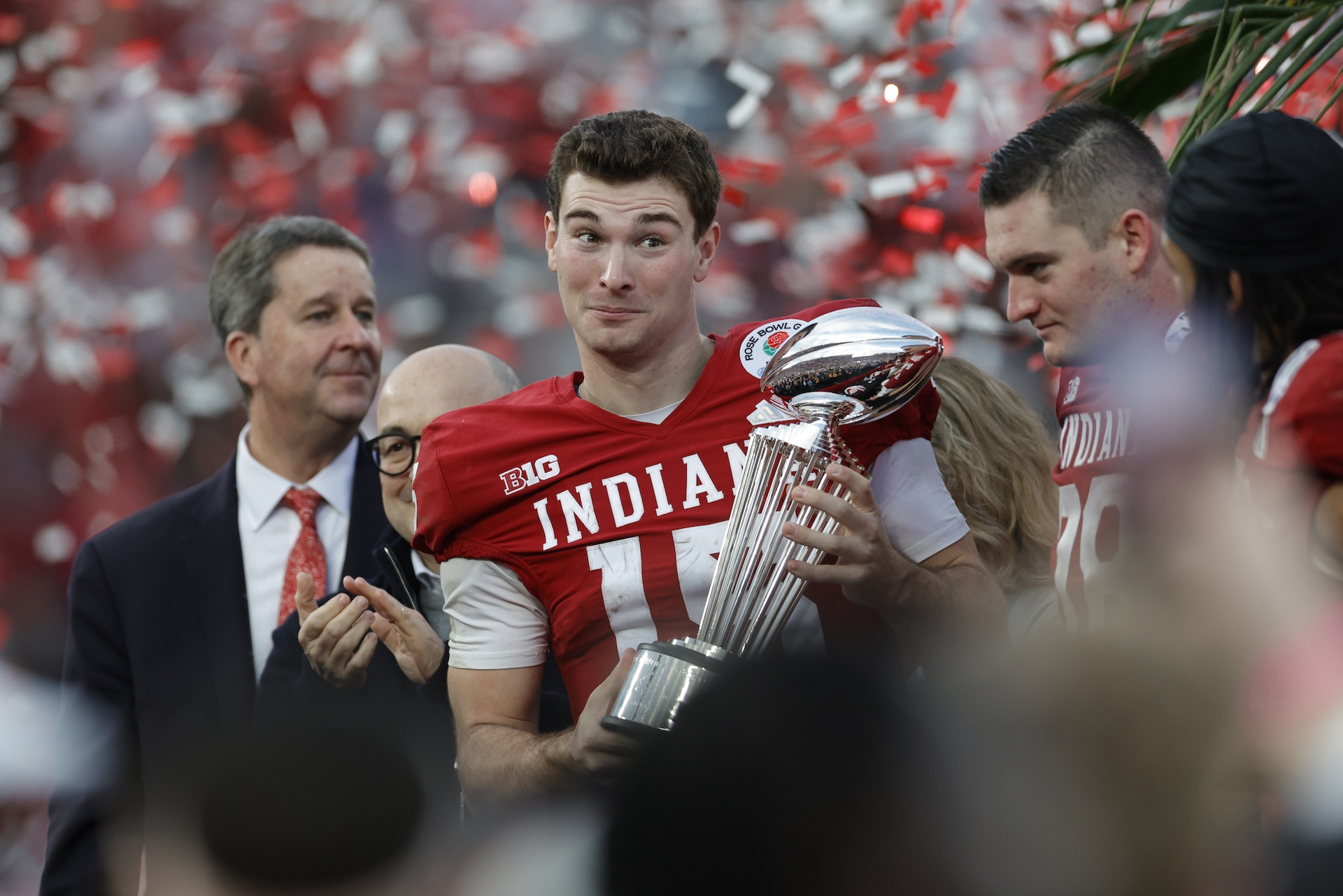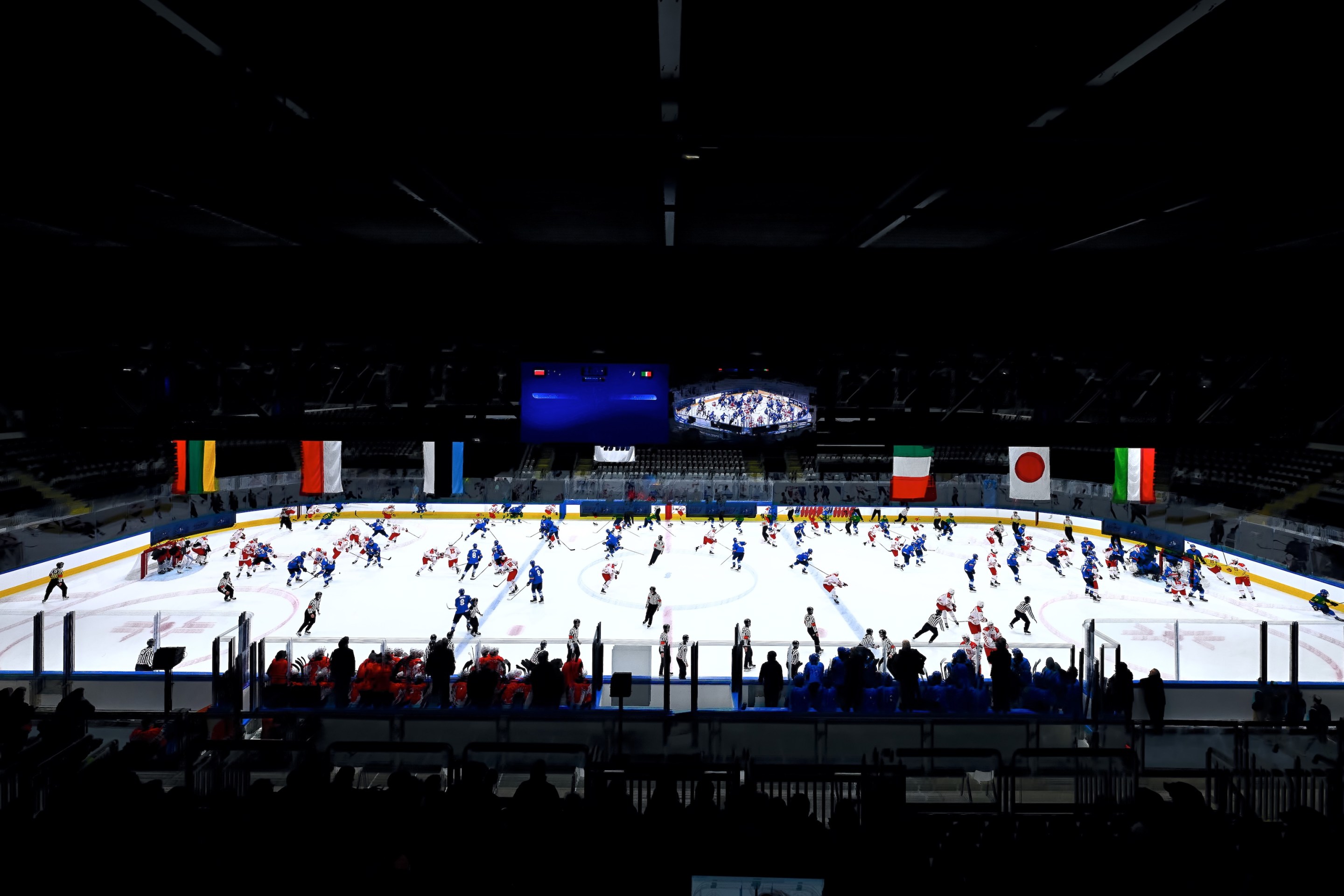How you feel when you read the words "Jeffrey Loria's Fourth Book" will depend mostly upon how successfully you have forgotten about Jeffrey Loria. If the thought of Loria's fourth book, a memoir called From the Front Row: Reflections of a Major League Baseball Owner and Modern Art Dealer, leaves you with a cold and uneasy feeling in your stomach, it would be because you remember him as what he was during the most public part of his life. Loria was the man who did more than anyone to kill Major League Baseball in Montreal, and then the relentlessly smug Sour Patch Adult who owned the Miami Marlins between 2002 and 2017. That was a period during which Loria extracted many hundreds of millions of dollars from Florida taxpayers for a stadium, only grudgingly and intermittently ever gestured towards put a winning team on the field, and exuded grumpy grievance throughout. (It might also be because you remember reading about his bizarre hippie-thumping 1968 self-help work What's It All About, Charlie Brown?, which Loria co-authored in his mid-twenties while getting his MBA at Columbia and whose lessons for young readers "read like the bilious, reactionary resentments of a pomaded junior Nixon," as Jeb Lund wrote back in 2014.)
But, because it has been a while since Loria has had any say in anything that anyone cares about, it is also possible that the words Jeffrey Loria's Fourth Book simply passed you by like a cool if faintly unpleasant-smelling breeze. This is great news for you, and honestly sounds amazing. But that distance surely goes some way towards explaining why Loria's fourth book exists. Loria cashed out of the Marlins a billion dollars to the richer, selling them to an ownership group led by Bruce Sherman and Derek Jeter that improbably made the team even cheaper and more lavishly small-time. In doing so, he consigned himself to the lushly upholstered Forbidden Zone where unloved former sports franchise owners play out the string. Whatever it is that Frank McCourt or Fred Wilpon or those squabbling Bowlens are doing with themselves now, they are at least doing it in the outer darkness of ultra-rich mediocrity; it was only in writing this that I learned that Jerry Richardson, the handsy goon who used to own the Carolina Panthers, died earlier this year. The surviving members of this grim class are assuredly still doing plenty of back-channel scheming against current and former friends and family, but that's not really the general public's problem anymore, and at least their publicists and lawyers are paid for their time.
That life sounds pretty grubby and boring, but also pretty much fine when you consider the part about "having a billion dollars." But for someone who has become accustomed to being talked-about in the not quite reverential what-are-you-going-to-do way that sports owners are, and who is used to a certain amount of grudging deference, that new silence—nothing but you and your rich person doubts—must be maddening. And so Loria has broken his, uh, legendary silence about the team he bought, leveraged, vandalized, and finally sold in that fourth book, and also in a 50-minute conversation with the Miami Herald late last week. It had been long enough since anyone said anything nice about Jeffrey Loria—said anything at all about him, really—that he was moved, in the book and that conversation with the Herald, to say some of those things himself.
For the most part, this goes about how you might expect. Loria, who hadn't made any public statement about the Marlins since selling them, told the Herald's Barry Jackson that he missed "the camaraderie" of owning a baseball organization full of people whose livelihoods depended upon putting up with him. "I like helping the players in my own quiet way," Loria told Jackson, presumably very quietly. "I was at Dodger Stadium and I had a lovely chat with [former Marlins shortstop] Miguel Rojas. I said, 'Are you doing what I suggested? Saving your money?' I got a call from [former Marlins second baseman] Dee Gordon a couple years ago. He said, 'I followed your advice and saved my money and my family and I have a hydroponic lettuce farm.'"
Admittedly, this is great stuff. But Loria's legacy as an owner goes beyond encouraging his infielders to avail themselves of the team's five percent 401k match. There is also the team's 2003 World Series win, the goodwill from which Loria immediately and absolutely squandered simply by being himself, and the baseball stadium that was built with public funds on the site of the former Orange Bowl. Loria took much greater interest in the stadium than he ever appeared to take in the team itself, and the building immediately had a strange personality that seemed to reflect that of its owner. There was a fish tank behind home plate and visual art throughout the stadium, which rather admirably rejected baseball's passion for retro ballparks in favor of trying to be The Most Miami Shit Possible. Fans were still unwilling to come to the stadium in any large numbers to watch mostly lousy teams, despite the air-conditioning and the playful use of Joan Míro's color pallet, but the place that Loria made was as unique on its merits as his pouty and extractive ownership was familiar.
There was, for instance, The Home Run Feature, a 70-foot sculpture by the artist Red Grooms that Loria commissioned and installed in the outfield. "It’s only going to be activated when somebody hits a home run on our team," Loria told The New Yorker's Ben McGrath in 2012, when that stadium was about to open. "There are two marlins that spin around," Loria continued.
One dives into the water while the other’s exiting the water—a great splash of water. Another marlin goes straight up to the top of the sculpture and spins. There are flamingos that flap their wings. There’s an L.E.D. light show. There’s music. There’s a pair of doves that fly in opposite directions. There’s—what’s the word?—a cacophony of things going on.
Loria did a lot with that new stadium, with characteristic heedlessness for anyone's wishes, and so had to undo a lot of it. Most of that scans as thudding Floridian satire—painting the center field batter's eye "Joan Míro's green" and then repainting it black when hitters complained they couldn't pick the ball up, and so on. Some hitters, in the early days of the Home Run Feature, complained that it might be distracting, too—Giancarlo Stanton famously couldn't stand it—but Loria stood fast, there. "We don’t mind criticism," Loria's team president David Samson told McGrath. "It starts with Jeffrey. Artists are generally not famous until they’re dead." McGrath writes about watching catchers John Buck and Luke Montz launch dingers at and loudly off the Home Run Feature during the team's first batting practice session in the new stadium. "It feels like you’re going to get yelled at for hitting Grandpa’s barn with a ball," Montz said.
Naturally, one of the first moves the new ownership group made was to get rid of The Home Run Feature, which they did in 2018; it was replaced by a standing-room-only area and some bars. Grooms, in an email to Miami-Dade County, said that the statue was not weatherized and would suffer from being exposed to the elements. "Moving Homer anywhere else is destroying it," Grooms and his wife wrote in that email. "Please keep Homer doing its job and let him be part of the celebration of the Marlins right where he belongs." "I wish it would just stay there and get hit in the bean by baseballs," Grooms told the Herald.
Jeter, who was not a fan of the feature—"It’s big," he told the Herald. "I mean, it’s unique. It’s a unique sculpture."—was unmoved, and so Homer was moved in turn, to a spot outside the stadium, where it currently does its whirling and spouting every day at 3:05, to match the city's area code. If it weren't for the fact that it was commissioned through the county's Art In Public Places program and so needed to remain on display, it's hard to imagine that the new ownership would have put it anywhere.
By that time, the consensus on The Home Run Feature had turned around entirely. Initially reviled for being so garish and goofy and expensive, it was by then beloved for being so garish and goofy and expensive. "We get that you probably hate it," Ryan Yousefi wrote in the Miami New Times in 2018. "Hell, most of us disliked it when it was unveiled. It's weird! It's loud! It makes no sense! But it's Miami. And it has grown on us. SO DON'T TOUCH!"
Loria's Marlins were always and everywhere a wildly and shamelessly small-time outfit, seemingly both by design and as an expression of executive principle. ("We’ve been called a small-market team," Samson told McGrath. "It’s absurd. We were a low-revenue team.") But for an organization that otherwise gave its community very little to hang its collective hat on, The Home Run Feature was something like load-bearing kitsch—gaudy, tacky, overpriced, but inarguably and distinctively theirs for all that. Without it, the Marlins were simply what they appeared to be, and what they always were in a baseball sense, which was mostly a cheap and strange and sour team that lost more than it won. That's Loria's legacy, too, and while he talked about it a little bit with the Herald and in his (fourth) book, he mostly seems to care about the things that he always cared about.
Some of that is familiar Jeffrey Loria grievances and revisionism—he writes that Dontrelle Willis and Miguel Cabrera left his organization as free agents, for instance, which moved Jackson to clarify that they "were actually dealt in one of the worst trades in modern history." (Loria also writes about receiving rude texts from Mark Buehrle after he was traded to Toronto; he reported them to Bud Selig, who "was aghast at what Mark had written but added that he was not surprised.") This is standard awful rich guy stuff from someone who is mostly a pretty standard awful rich guy. It's when Loria spoke to Jackson about The Home Run Feature that he actually revealed what he cares about, and the effect is...well, humanizing is a big word, but:
"Jeter came in and destroyed the ballpark," Loria said. "Destroying public art was a horrible thing to do." It is worth pausing to note that Loria is rather shockingly correct, here, but he wasn't finished.
I was fastidious about all the color we put into the building and it was changed; it didn’t have to be changed. They covered up all the [colorful] tiles, which we brought in from Europe. To me it reflected the culture of Miami. Now it’s all blue. It’s ridiculous. The amenities like the fish tanks behind home plate—they were there for the kids—and they got rid of them. It’s silly.
Again, Loria is right. It is all pretty silly—silly that small people like him get to make a mess of public things at the public's expense, and that there is and will always be space in the culture for them to complain about the service they receive. But, beneath the familiar reflexive griping, there is something else here. Loria's legacy with the Marlins isn't a proud one, even by the degraded standards that apply to pro sports owners and ownership. But, thanks in large part to the stupid wonderful sculpture he bought, there was still something left to destroy when he left. The big echoing absence that replaced The Home Run Feature was always there; it's something like Loria's actual legacy. But he's not wrong that it was a lot more fun when there was something silly there to look at instead.






